Office USA: 706-658-1122 | Tech Support: 706-362-4813
Office Bulgaria: +359 431 64477
Ultimate Guide to Using a Concrete Hand Grinder for Flawless Finishing
In the world of concrete finishing, the use of a concrete hand grinder has become increasingly essential for achieving flawless surfaces. According to industry reports, the global concrete polishing market is projected to reach $2.41 billion by 2025, highlighting the growing demand for efficient tools and techniques in construction and renovation projects. A concrete hand grinder allows users to perform precision work, from smoothing out rough surfaces to preparing floors for sealing and coating.
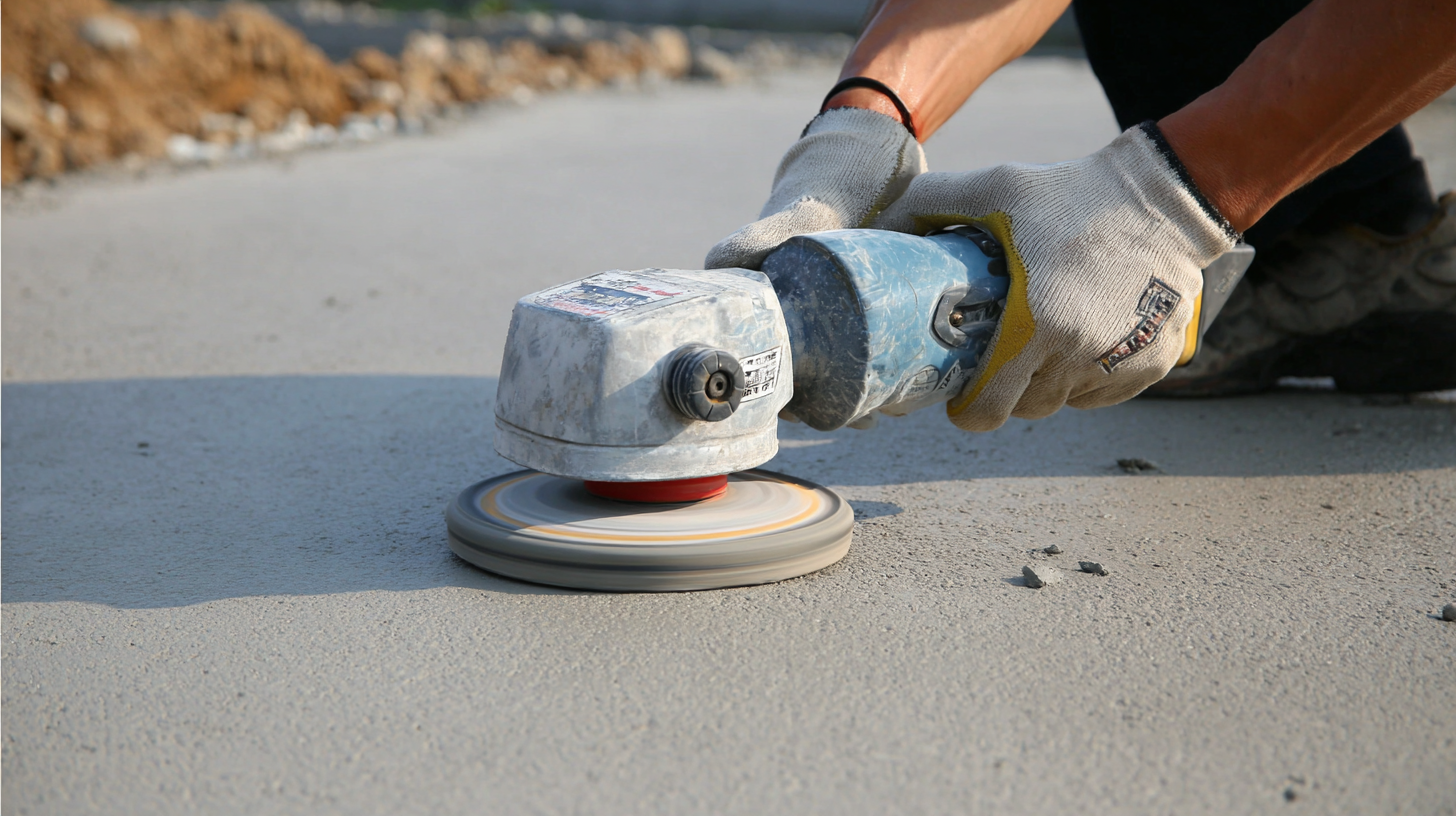
With an array of available specifications and attachments, these grinders enable versatility for both professionals and DIY enthusiasts. Understanding the best practices and tips for using a concrete hand grinder not only ensures quality outcomes but can also significantly reduce labor time, thereby increasing overall productivity.
Choosing the Right Concrete Hand Grinder for Your Project Needs
Choosing the right concrete hand grinder for your project needs is essential for achieving a flawless finish and ensuring efficiency. Firstly, consider the power source of the grinder. Electric models are ideal for indoor use where ventilation might be limited, while gas-powered grinders offer more mobility for outdoor projects. Additionally, assess the size and weight of the grinder to match the scale of your project. A lightweight, compact grinder is easier to maneuver for smaller tasks, whereas a larger, more robust model is suited for extensive concrete surfaces.
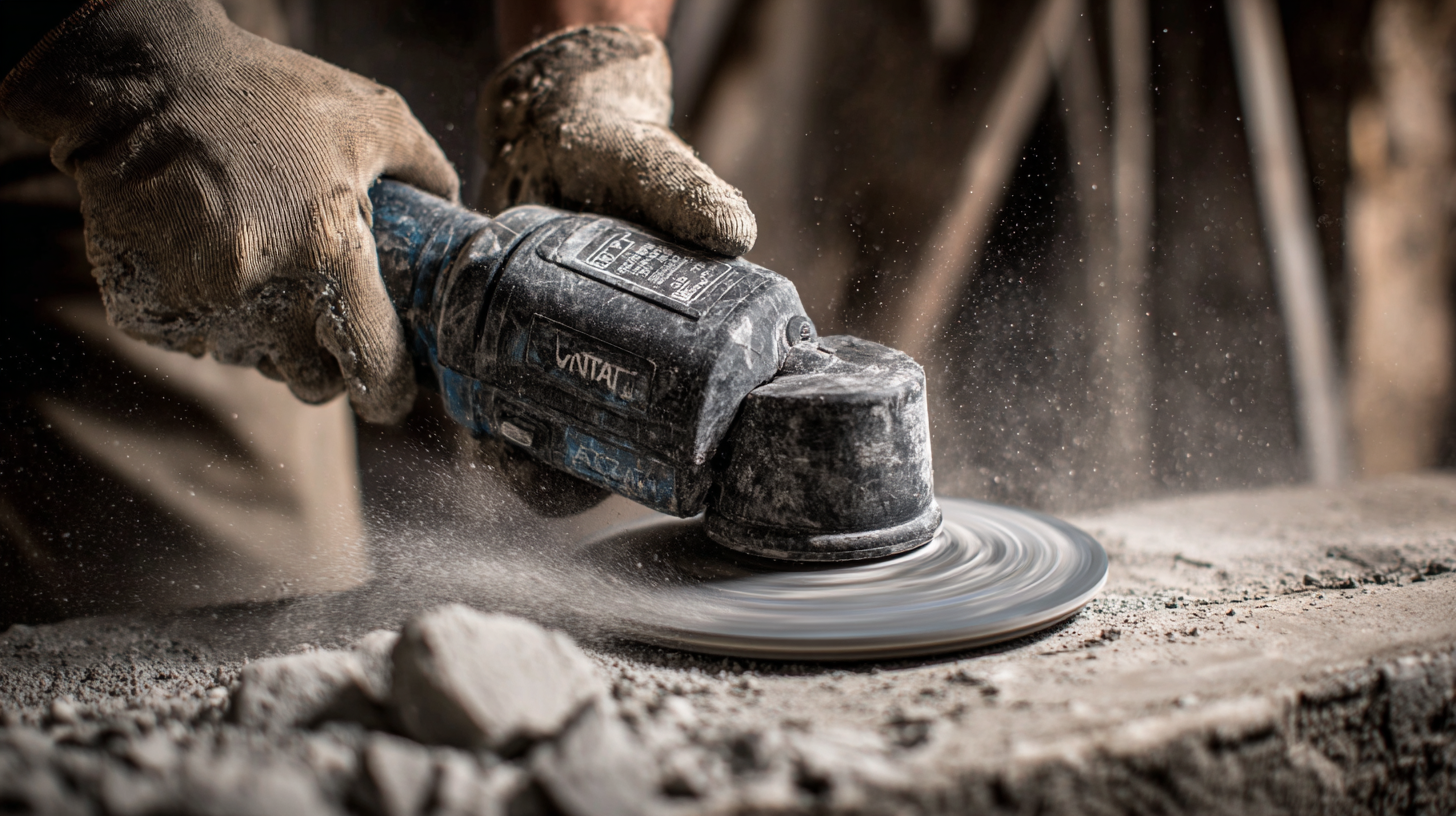
Another important factor is the type of grinding wheel needed for your specific application. Grinders come with various attachments designed for different finishes, such as polishing, scarifying, or removing coatings. Make sure to select a grinder that allows for easy wheel changes to accommodate the varying needs of your project. Lastly, don't overlook the ergonomic design and safety features of the grinder. A comfortable grip and safety controls can significantly enhance your experience while working, making the task not just efficient but also safer.
Understanding Different Grinders: Diamond vs. Silicon Carbide Options
When it comes to achieving a flawless finish with a concrete hand grinder, understanding the differences between diamond and silicon carbide options is critical. Diamond grinders are renowned for their durability and efficiency. They feature diamond segments that can easily cut through tough surfaces, making them ideal for heavy-duty applications. With their long lifespan, diamond grinders provide a cost-effective solution for professionals who need to finish large areas or tackle tough concrete jobs. Moreover, they are effective in reducing swirl marks, resulting in a smoother final product.
On the other hand, silicon carbide grinders are often favored for lighter tasks. These grinders use silicon carbide abrasive material, which is less expensive but may require more frequent replacements compared to their diamond counterparts. They are particularly effective for grinding soft concrete and preparing surfaces for further treatment. While silicon carbide tools may not offer the same level of durability as diamond, they still provide excellent results for smaller projects or DIY applications, where cost efficiency and ease of use are prioritized. By understanding the strengths and limitations of each type, users can select the most appropriate grinder for their concrete finishing needs.
Concrete Hand Grinder Performance Comparison
This chart compares the performance of two types of concrete hand grinders: Diamond grinders with a higher material removal rate of 5 m²/h versus Silicon Carbide grinders at 3 m²/h. The data illustrates the efficiency and effectiveness of each grinder type, which is crucial for achieving flawless finishing in concrete projects.
Techniques for Achieving a Smooth Finish: Speed, Pressure, and Motion
Achieving a smooth finish with a concrete hand grinder requires careful attention to speed, pressure, and motion. First, let's talk about speed. The rotational speed of the grinder plays a crucial role in how efficiently it removes material. A higher speed is typically effective for leveling rough surfaces, while a slower speed allows for finer finishes. It's essential to adjust the speed based on the specific task at hand—rushing through a fine finish can lead to less optimal results.
Pressure is the next key factor to consider. Applying too much pressure can lead to uneven wear on the grinding wheel and create a rough texture on the surface. Instead, a light, consistent pressure is more effective for a smoother finish. This approach allows the grinder to operate efficiently without straining the tool or compromising the quality of the surface being worked on.
Finally, the motion used while grinding significantly impacts the finish. Employing a sweeping motion, rather than a static one, helps distribute the grinding action evenly across the surface. Moving in circular or overlapping patterns ensures that no area is neglected, contributing to a uniform appearance. Mastering these techniques will lead to flawless finishing with your concrete hand grinder, producing surfaces that are both aesthetically pleasing and functional.
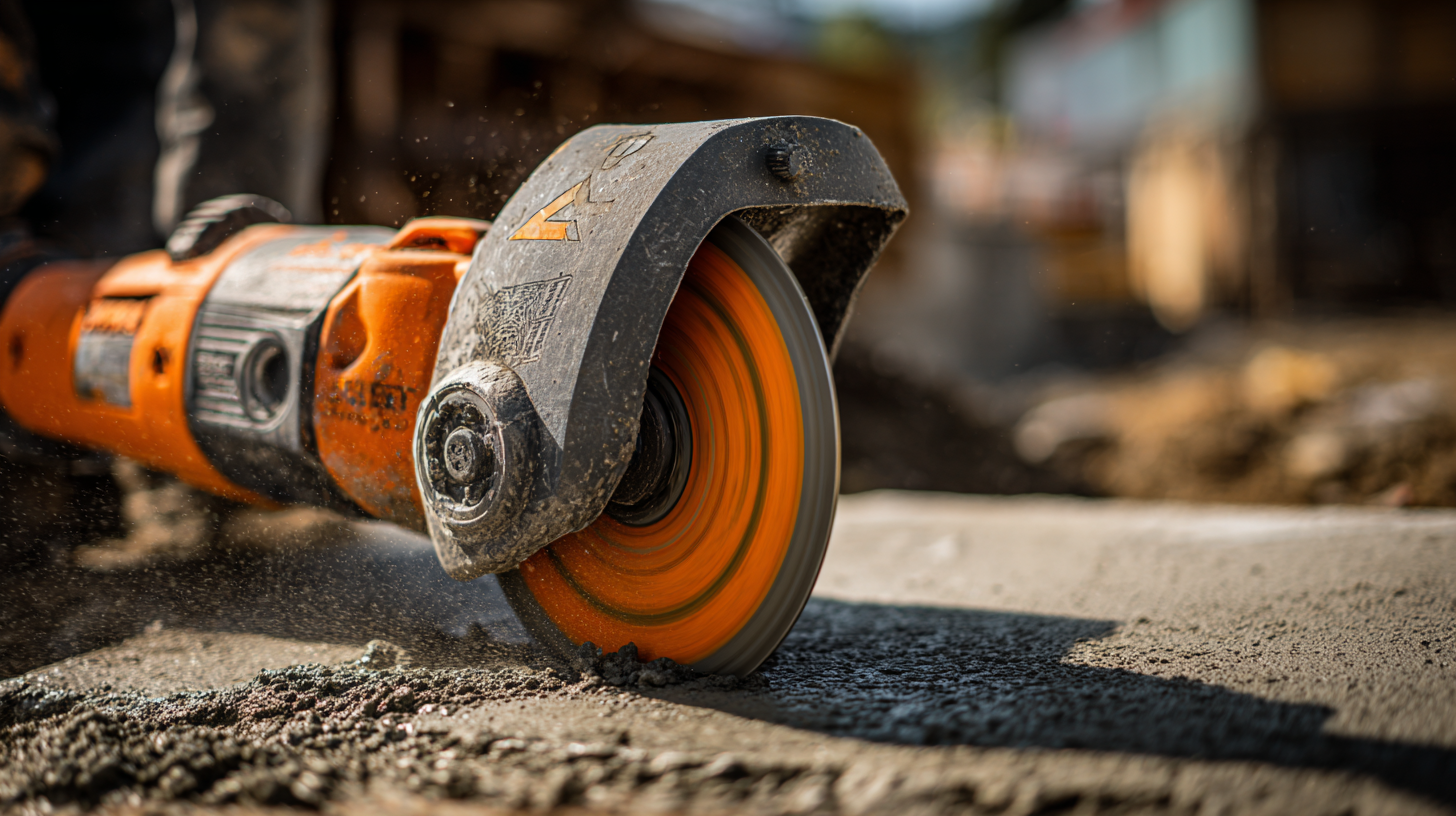
Essential Safety Precautions When Using a Concrete Hand Grinder
When using a concrete hand grinder, adhering to essential safety precautions is paramount to prevent accidents and ensure a smooth workflow. According to the Occupational Safety and Health Administration (OSHA), over 2 million workers in the United States operate hand-held power tools, making awareness of safety measures critical. It is recommended to use personal protective equipment (PPE) including safety goggles, dust masks, and hearing protection to minimize health risks associated with dust inhalation and noise exposure. The American National Standards Institute (ANSI) suggests that proper protection significantly reduces the likelihood of injury, with studies showing PPE can decrease the chances of serious accidents by up to 70%.
Moreover, ensuring a well-ventilated workspace is crucial when grinding concrete. The dust produced during operation can contain harmful silica particles, which can lead to respiratory diseases if inhaled over time. Data from the National Institute for Occupational Safety and Health (NIOSH) indicates that workers exposed to silica dust are at a higher risk of developing silicosis and lung cancer. Hence, using adequate dust control measures, such as water mist or industrial vacuums, is essential to maintain a safe working environment. Regular equipment maintenance, including checking for loose parts and ensuring safety guards are in place, further enhances safety during operation. Prioritizing these precautions can lead to not only a flawless finish but also a significant reduction in workplace hazards.
Ultimate Guide to Using a Concrete Hand Grinder for Flawless Finishing - Essential Safety Precautions
| Aspect | Details |
|---|---|
| Tool Type | Concrete Hand Grinder |
| Main Use | Finishing concrete surfaces |
| Common Applications | Polishing, leveling, surface preparation |
| Safety Gear Required | Safety goggles, dust mask, hearing protection, gloves |
| Safety Precautions | Inspect the tool before use, ensure proper ventilation, keep hands dry |
| Maintenance Tips | Clean regularly, check for wear and tear on grinding blades |
| User Skill Level | Beginner to advanced |
| Noise Levels | Loud (typically above 85 dB), hearing protection recommended |
Maintenance Tips to Extend the Lifespan of Your Concrete Hand Grinder
To ensure the longevity of your concrete hand grinder, regular maintenance is key. First and foremost, always clean the grinder after each use. This prevents dust and debris from accumulating, which can lead to overheating and reduced efficiency in the long run. A soft brush or a blower can effectively remove fine concrete dust from hard-to-reach areas, while wiping the exterior with a damp cloth helps maintain the machine’s appearance and functionality.
In addition to cleaning, keeping the grinder’s parts lubricated is essential. Check the manufacturer’s instructions for recommended lubricants and service intervals. Regularly inspecting the grinding wheels for wear and tear will also help avoid accidents and ensure optimal performance. If you notice any unusual sounds or vibrations during operation, address these issues immediately to prevent further damage. By following these maintenance tips, you can extend the lifespan of your concrete hand grinder, ensuring it remains an effective tool for flawless finishing on your projects.
Related Posts
-
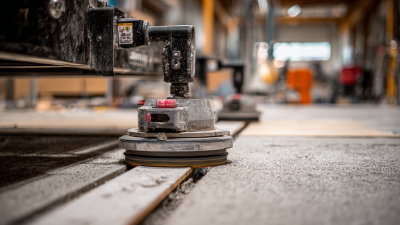
How to Maximize Efficiency with Concrete Grinding Equipment in Your Projects
-

What is Concrete Grinding and How Does it Transform Surfaces?
-

Exploring the Future of Grinding Concrete at the 138th Canton Fair 2025 in China
-
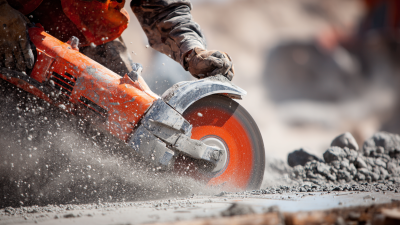
Top Strategies for Maximizing Efficiency with Best Concrete Grinding Machines
-
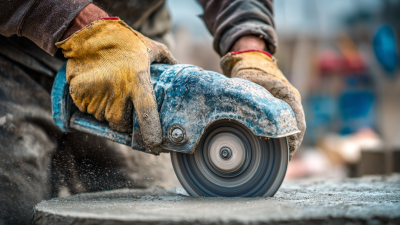
Unlocking the Future of Concrete Grinding Tools in 2025 Trends and Best Practices for Global Buyers
-

Unlocking the Power: Benefits of Using a Concrete Hand Grinder for Your DIY Projects
